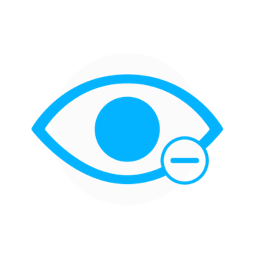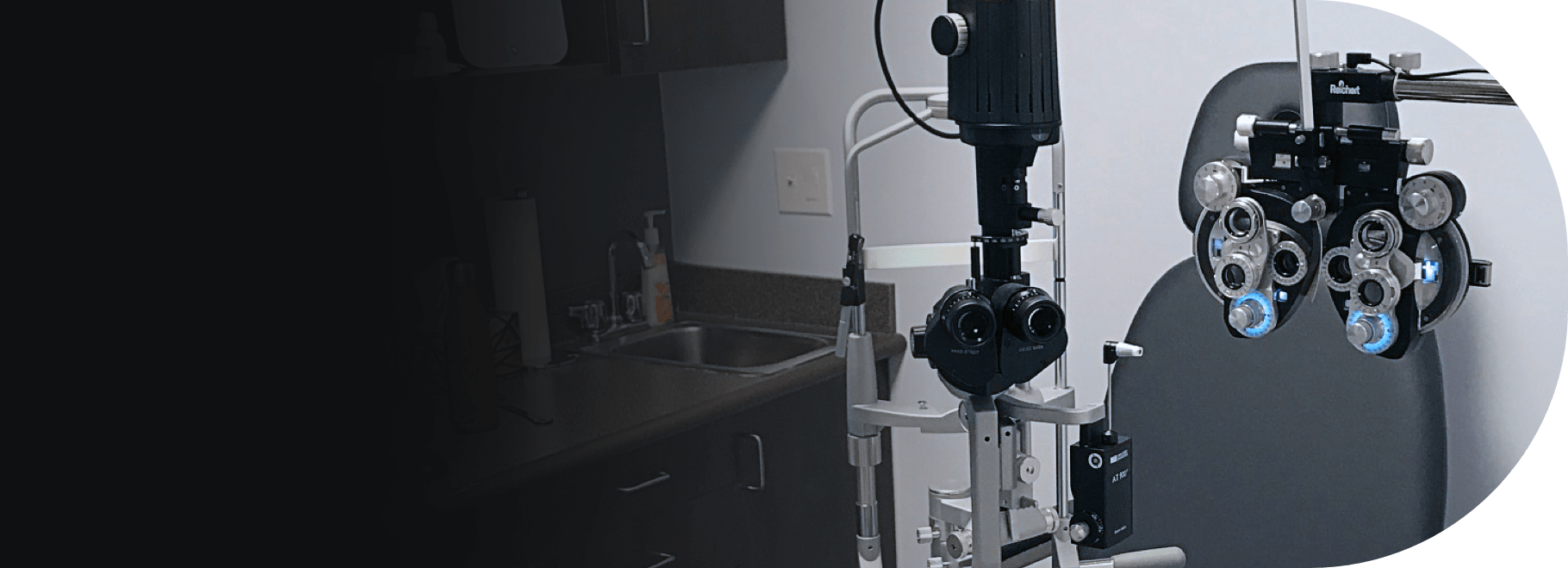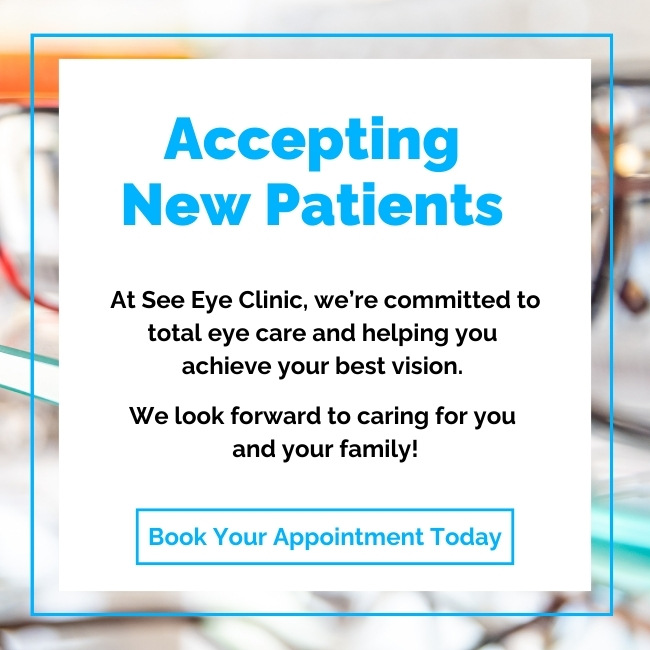Imagine going through your day with eyes that feel like sandpaper and a head that’s constantly pounding.
For many chronic headache sufferers, this isn’t just an occasional inconvenience—it’s a daily struggle. While headaches can have many causes, there’s a surprising trigger you might not have considered: dry eyes. Yes, that seemingly minor issue of dry, uncomfortable eyes can actually lead to headaches that can disrupt your entire routine.
Regular eye exams help diagnose and treat dry eye syndrome, which can, in turn, help prevent headaches. It’s also essential to rule out any underlying conditions that could be causing both dry eye and headaches.
What Is Dry Eye?
Dry eye disease is a common condition that occurs when your eyes don’t produce enough tears or when the tears evaporate too quickly. Tears are essential for maintaining the health of the eye’s front surface and for providing clear vision. When tear production is disrupted, it leads to dry and irritated eyes.
Causes
Several factors can contribute to dry eye disease, including:
- Aging: Tear production tends to decrease with age.
- Medications: Certain medications, including antihistamines and antidepressants, can reduce tear production.
- Environmental factors: Exposure to smoke, wind and dry climates can cause tears to evaporate more quickly.
- Medical conditions: Conditions like diabetes, rheumatoid arthritis and thyroid disorders can affect tear production.
Symptoms
Dry eye symptoms can vary but often include:
- A stinging, burning or scratchy sensation in the eyes
- Sensitivity to light
- Redness in the eyes
- A feeling of having something in your eyes
- Difficulty wearing contact lenses
- Blurred vision or eye fatigue
Dry Eyes & Headaches
When left untreated, dry eyes can cause significant discomfort, including headaches. The constant strain from dry, irritated eyes can lead to tension headaches, while severe cases may result in migraines. In some instances, dry eyes can even lead to eye infections or scratches on the eye’s surface, further exacerbating pain.
Dealing with both dry eyes and headaches can be incredibly frustrating. Not only does it impact your ability to focus, but it can also affect your quality of life. Chronic headache sufferers often find that the added burden of dry eyes makes their condition even more challenging to manage.
Common Causes & Symptoms
Both dry eye disease and headaches can share common causes and symptoms:
- Certain prescription medications can contribute to both conditions.
- Eye structure issues can play a role.
- Injury or underlying health conditions can trigger both dry eyes and headaches.
- Both conditions can make you more sensitive to bright lights.
- Tension from headaches and dry eyes can lead to discomfort in your back and neck.
- Discomfort in, around, or behind the eyes is a common symptom for both conditions.
Studies have shown a significant association between chronic migraines and symptoms of dry eye disease. Furthermore, research indicates that patients with migraine headaches are 20% more likely to have dry eye disease compared to those without migraines.
Treating Dry Eye & Headaches
To find relief from both dry eyes and headaches, consider these short-term treatment options:
- Over-the-counter eye drops can help lubricate your eyes.
- Applying a warm compress can soothe dry eyes and relieve headache tension.
- Drink plenty of water to stay hydrated, which can improve tear production.
- Take breaks from screen time and close your eyes for a few minutes to reduce strain.
By incorporating these simple yet effective strategies into your daily routine, you can find relief and significantly improve your overall comfort. However, more work will likely need to be done to find a more permanent solution.
Preventive Measures & Lifestyle Adjustments
Addressing dry eye and headaches proactively can improve quality of life, enhancing daily comfort and productivity. Consistent management of dry eye symptoms reduces the risk of more serious health complications, such as chronic migraines or eye infections.
Hydration & Diet
Staying well-hydrated and maintaining a diet rich in omega-3 fatty acids support tear production and reduce dry eye symptoms. Incorporate foods such as fatty fish, flaxseeds and walnuts into your meals to naturally improve tear quality and quantity.
Environmental Adjustments
To protect your eyes from environmental triggers, consider using a humidifier in dry indoor settings to maintain optimal moisture levels. Additionally, wearing sunglasses can shield your eyes from wind and harsh sunlight, minimizing tear evaporation and eye strain.
Screen Time Management
Implementing the 20-20-20 rule can significantly ease eye strain associated with prolonged screen use. Every 20 minutes, take a 20-second break to look at something 20 feet away. Ergonomic adjustments, like positioning your screen at eye level and maintaining a comfortable viewing distance, can also help reduce strain.
Prescription Eye Drops
These drops can be prescribed to help increase tear production, relieving dry eye symptoms and reducing the likelihood of associated headaches.
Punctal Plugs
These tiny devices can be inserted into the tear ducts to help retain eye moisture. By preventing tears from draining too quickly, punctal plugs can significantly ease dry eye symptoms and minimize discomfort.
Stress Management
Participating in relaxation techniques such as yoga, meditation or deep breathing exercises can help manage stress levels, which in turn may reduce tension headaches linked to dry eyes. These practices promote overall well-being and can contribute to both eye and headache relief.
Regular Eye Care
Routine eye exams are essential for monitoring eye health and addressing dry eye issues early on. Using artificial tears or lubricating eye drops regularly can be an effective preventive measure to keep your eyes moist and comfortable.
Proactively treating dry eye and headaches helps ease discomfort and safeguard long-term well-being.
Find Relief Today
Dry eyes and headaches are more closely related than you might think. Understanding this connection is the first step toward finding effective relief. By managing dry eyes, you can significantly reduce the occurrence of headaches and improve your overall quality of life.
Book an appointment with See Eye Clinic today for an eye exam and personalized treatment plan. Our team is here to help you see clearly and comfortably.




















